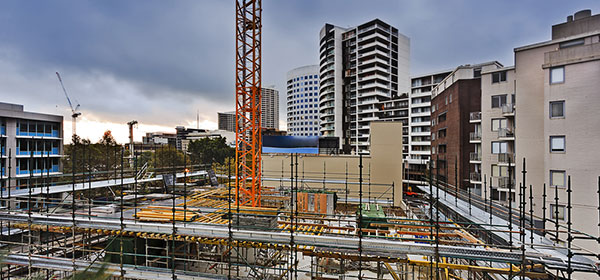The Grattan Institute is making a habit of throwing fuel on the housing affordability fire, this time blaming the governments of the past two decades for our current housing affordability woes.
The think tank has released a 177-page report containing 13 policy recommendations it believes will improve housing affordability in Australia. It warns how our housing mess was caused by governments in the past taking easy options and looking for short-term fixes rather than taking long-term views about migration and supply.
The Housing Affordability: Reimagining the Australian Dream report also claims that a two per cent rise in interest rates, coupled with record low wage growth, will have a catastrophic effect on mortgage holders, including retirees.
Since the late 90s, the rate of Australians aged 65 and older who are mortgage free has slipped from 82 to 75 per cent. Some renters, especially those on low incomes, pay up to 35 per cent of their money received on housing.
Retirees with a mortgage will find it difficult to square away debt upon retirement, meaning many will rely on superannuation to pay off their homes, leaving them with a shortfall in retirement income and possible reliance on a part or full Age Pension.
The answer, the report says, is boosting housing supply, increasing medium to high density housing along transport corridors and possibly removing powers of planning approval from local councils.
As well as this, there may be a need to replace stamp duties with general property taxes, limit negative gearing and reduce capital gains tax from 50 per cent to 25 per cent, although this is secondary to increasing supply by up to 50,000 homes a year for 10 years. This could leave housing costs between five and 10 per cent lower than they would otherwise.
“It’s been a perfect storm of rising incomes and falling interest rates, rapid migration, tax and welfare settings feeding demand, and planning rules restricting supply. As a result, house prices have more than doubled in real terms over the past 20 years. The strains are most acute in Sydney and Melbourne. Since 2012, house prices have risen 50 per cent in Melbourne, and 70 per cent in Sydney,” says the report.
Grattan Chief John Daley also said that home building has not kept pace with strong immigration, and that if the government does not improve planning and infrastructure, it may need to cut migration.
“The Commonwealth Government should develop an explicit population policy, articulating the appropriate level of migration given evidence of the impact of migration on the wellbeing of the Australian community, accounting for both actual and optimal infrastructure and land use planning policies.
“[And] if planning and infrastructure policies do not improve, consider reducing Australia’s current migrant intake.
“Reducing immigration would reduce demand but it would also reduce economic growth per existing resident [so] first-best policy is probably to continue with Australia’s demand-driven, relatively high-skill migration, and to increase supply of housing accordingly.
“But we are not suggesting that is the best outcome,” said Mr Daley.
Read more at www.grattan.edu.au
What do you think of the Grattan Institute’s suggestions? At what value should the family home be included in the assets test, if at all?
Related articles:
Renting pensioners forced out of the city
Housing system broken and unfair
Housing affordability not an issue

